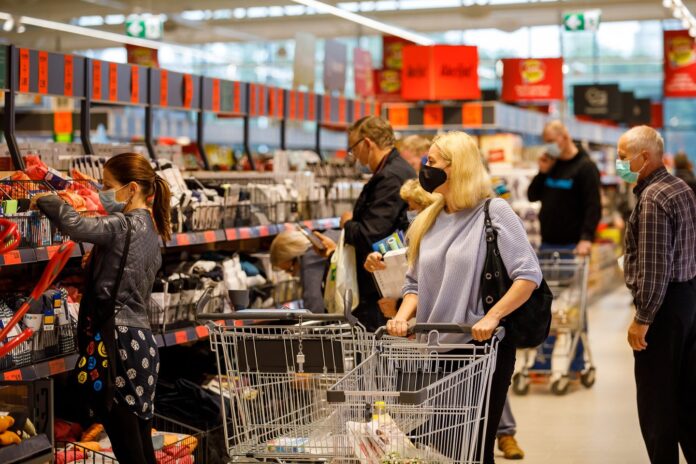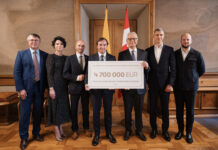
In November of last year Lithuania recorded the highest growth in industrial production in the Eurozone compared to the same period in 2020, according to Eurostat figures released on January 12. Lithuania recorded a growth of 17%, with Poland coming in second with 15.3% and Bulgaria third with 13.3%. In November 2021, compared with November 2020, industrial production decreased by 1.5% in the euro area and remained unchanged in the EU.
Wages in Lithuania are increasing but remain among the lowest in the European Union, according to the Bank of Lithuania.
“Even though wages are increasing rapidly, their level is quite low compared to other EU countries,” Kotryna Tamoševičienė, head of the Economics Department of the Bank of Lithuania, told the Seimas Committee on Budget and Finance on January 11.“We are near the bottom, ahead of Romania, Bulgaria, Poland, but behind Latvia, Estonia, and Western European countries,” she added. Lithuanian productivity is also lagging behind the EU average, but the differences are gradually decreasing.
While inflation has been rampant across Europe, Lithuanians are particularly concerned about rising prices. Meanwhile, Germans still find consumer prices acceptable and wonder how Lithuanians survive on their income. Lithuania reported inflation of 11 percent at the end of last year, something unseen since the boom of the 2000’s. Forecasts for inflation this year range from 4 to 5.4. Prices of basic consumer goods, such as food and clothes, in Lithuania are by now very close to those in Western Europe, whereas average incomes, as well as the minimum wage, still trail behind.
Retailers say food prices will continue to grow due to more expensive supplies. Last November, Lithuania’s annual inflation rate stood at 9.3 percent, according to Eurostat. It was highest in the eurozone, where the annual inflation averaged 4.9 percent. It is estimated that in November 2021, food prices in Lithuania were 7.6 percent higher compared to a year before.
But price hikes of some products were even higher. For example, the price of potatoes increased 74 percent last year, with the prices of coffee and milk growing by around 13 and 10 percent respectively.
According to Eurostat, Lithuanians on average spend 20.3 percent of their income on food. In the EU, only Romanians spend more – 25.2 percent of their income.
“Suppliers are concerned about rising production costs that are being pushed up by higher electricity and gas prices, as well as rising wages,” said Ernesta Dapkienė, head of the Communications Department at the Maxima supermarket chain. Trends remain unfavourable.
Despite rising prices, Lithuanians’ purchasing power increased due to higher income, according to economist Nerijus Mačiulis. “If we look at all products in general, food has become more affordable as average wages increased by 12 percent and the average old-age pension by 10 percent. Even taking into account such a rapid increase in prices, purchasing power has increased,” Mačiulis said.
He explained that any cost increases gradually transfer to the final price of the product. Some of this change has already taken place, and some will take place this year. For example, the price of gas has made fertilizers more expensive, which will translate into the higher price of agricultural production. “With the minimum wage rising 14 percent this year, it is hard to imagine that prices could stay the same or rise more slowly than last year,” he added. LRT.lt



























